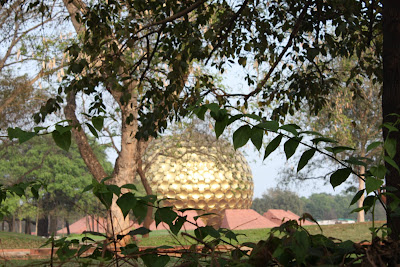









Corporate NGO – an oxymoron or genius?
In September, I travelled to Hyderabad, one of the largest cities in South India and home to the delicious dish, Biryani. It was my first time to the city and my first time in charge of the field research trips that I have been continually taking for the purposes of documenting good governance practices. This time, my colleague and I were looking at three initiatives – one was a government-led online scholarship programme for religious minorities; the second, was a two-way virtual communication programme through which health, education, agriculture and livelihood services are delivered to rural areas; the last was the expected and well-deserved favorite – a kitchen system by which midday meals are delivered to children enrolled in government schools.
At 6am we arrived at the Naandi kitchen in Uppal, Andhra Pradesh. Right away I knew we had stepped into something great. Kitchen staff was working away cooking rice, curry, idlis and eggs. We were taken around the premises and fed the food and explained the entire processes of the kitchen. It left a lasting impression on me. In particular, the remarkably good hygiene stunned me – if you have ever visited India, you can understand why.
In between a visit to a school to witness the delivery and intake of the meals by the students and interviews with involved government officials and Naandi operations managers, I skimmed over some secondary documents that our research team had gathered prior to leaving for Hyderabad. I came across something that immediately made my mind go wild – Naandi was setup by a coalition of corporate heads who now sit as advisors on the board for the NGO.
So I sat there thinking, wow…an NGO, not a PPP (public-private partnership), but a board of advisors from prominent corporations across the state. What a brilliant idea! Almost certainly not the first model of its kind, but a revolutionary one in mind…in this context. Why? India has a long history of a corrupt, exploitive private sector. This, in combination with a fear of ‘being American’ and a belief that privatization simply means an overwhelming amount of benefits for the rich, the Indian masses are extremely weary of privatization and the private sector. However, today, across the globe, it a commonly understood that corporate sector involvement in public service delivery can be beneficial in a number of ways. Most relevant in this case are the financial and organizational/intellectual capacities of the private sector.
I have a business and development background. One side turns out corporate sector workers, the other public and third sector (for the most part). As I reflect on the time I have spent working at OneWorld (NGO) in Delhi, I have become increasingly aware of the relevance and significance of business skills; for instance, how to use Microsoft products J But since I am learning for the first time in my career how to be a manager, this is where I can honestly say that the things I have learned from the private sector are invaluable and in my opinion, likely the missing element in many NGOs. So in a place like India, the Naandi model is extremely promising and perhaps, the necessary transitionary structure into the near future.